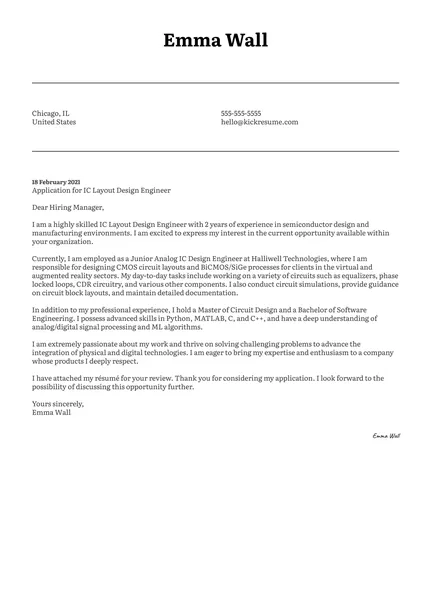Cover Letter Layout Basics
A well-structured cover letter layout is crucial for making a positive first impression on potential employers. It serves as a roadmap, guiding the reader through your qualifications and showcasing your enthusiasm for the position. A clear, concise, and professional layout not only enhances readability but also demonstrates your attention to detail and organizational skills. In essence, the layout sets the stage for the content, ensuring your message is received effectively and with impact. This guide will provide you with the essential elements and best practices to create a cover letter layout that captures attention and increases your chances of landing an interview.
Cover Letter Header Essentials
The header of your cover letter is the first thing a hiring manager will see, so it needs to be clean, professional, and informative. It establishes your contact information and provides a polished introduction. The header should include your name, address, phone number, and email address. Make sure all information is accurate and up-to-date. Maintaining consistency in formatting between your cover letter and resume is also crucial for a cohesive application. A well-designed header saves the recruiter time by providing easy access to your contact details and reinforces your professionalism. It should be aligned to the left or centered, depending on your preference, but always maintain a consistent style throughout.
Contact Information Details
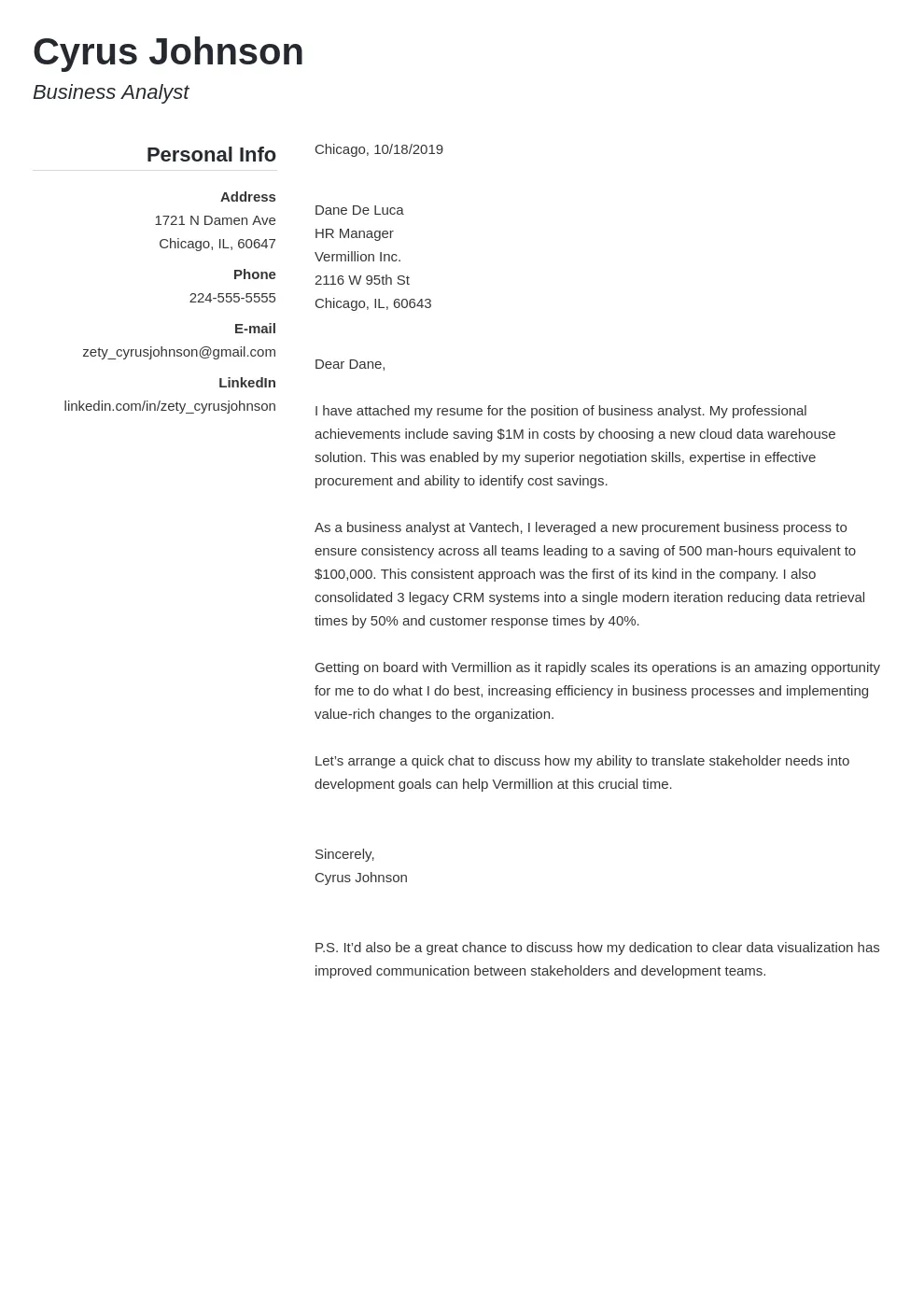
Your contact information should be clearly displayed at the top of your cover letter. Include your full name, physical address (or city and state), phone number, and a professional email address. Avoid using a casual or outdated email address. The goal is to make it as easy as possible for the hiring manager to contact you. Double-check the accuracy of all details before submitting. Ensure that your phone number is active and that your voicemail greeting is professional. Providing correct contact information demonstrates your commitment to the application and your willingness to be reached promptly for any follow-up.
Date and Formal Addressing
Following your contact information, include the date. This should be the date you are submitting your application. Below the date, address the hiring manager formally. If you know the hiring manager’s name, use “Dear Mr./Ms./Mx. Last Name.” If you do not know the name, use a professional greeting such as “Dear Hiring Manager” or “Dear [Company Name] Team.” Avoid using generic greetings. Proper salutations show respect and attention to detail. The date establishes when you sent the letter, and the formal addressing demonstrates your professionalism and respect for the recipient.
Body of Cover Letter
The body of your cover letter is where you articulate your skills, experience, and enthusiasm for the position. This section should be well-organized, concise, and compelling. It should consist of an opening paragraph, a few middle paragraphs highlighting your qualifications, and a closing paragraph with a call to action. The body of the letter should demonstrate your understanding of the company and the specific requirements of the job. Use clear and concise language, and avoid jargon. This section is your chance to showcase your personality and demonstrate why you’re the perfect candidate. It should be tailored to the specific job and company.
Opening Paragraph Hook the Reader
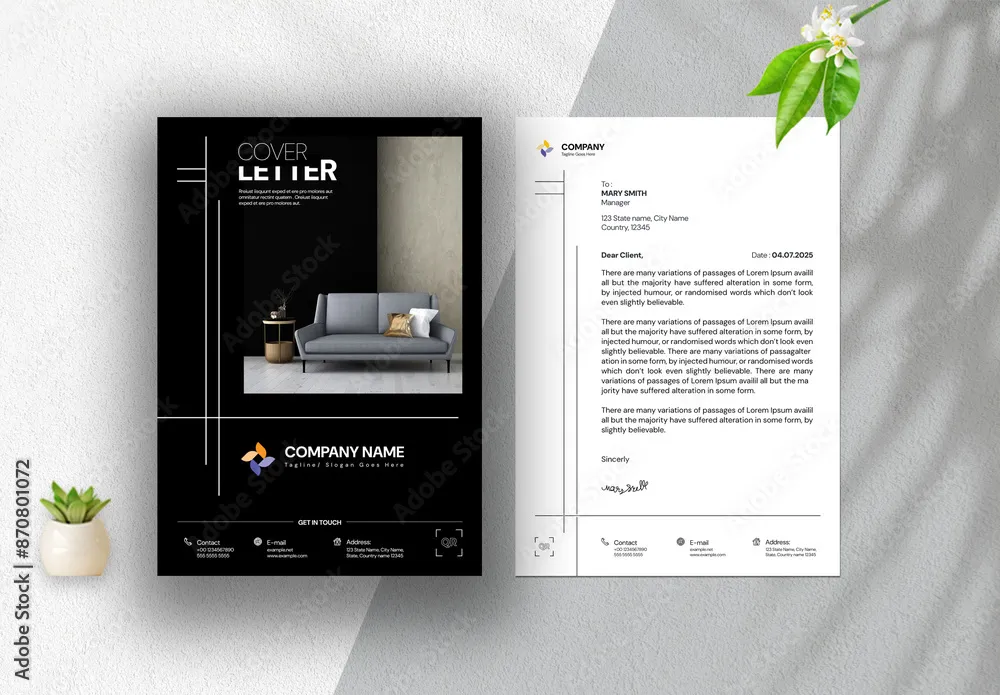
The opening paragraph is your first opportunity to capture the reader’s attention. Start with a strong hook that immediately grabs the reader’s interest. State the position you are applying for and how you learned about it. Then, briefly mention why you are interested in the role and the company. Show enthusiasm and make a connection. This paragraph sets the tone for the rest of your letter. The opening paragraph should be concise, enthusiastic, and focused on the job and the company. Your goal is to make the reader want to learn more about you. Avoid generic openings and tailor it to the specific job and company.
Highlighting Skills & Experience
In the middle paragraphs, highlight your skills and experience relevant to the job. Refer to the job description and identify the key requirements. Then, provide specific examples of how your skills and experience align with those requirements. Use the STAR method (Situation, Task, Action, Result) to provide context and demonstrate your accomplishments. Focus on quantifiable achievements whenever possible. This section is where you showcase why you are qualified for the position. Tailor your examples to the specific job and company. Include keywords from the job description to show you’ve carefully read and understood the requirements. Show, don’t just tell, how you have succeeded in previous roles.
Tailoring Your Letter to the Job
One of the most critical aspects of a successful cover letter layout is tailoring it to each job application. Avoid using a generic cover letter. Instead, customize each letter to reflect the specific requirements of the position and the values of the company. Research the company and understand their mission, values, and recent projects. Use this information to demonstrate how your skills and experience align with their needs. This shows that you care enough to do the research and that you genuinely want to work for the company. By demonstrating your knowledge of the company and the job requirements, you significantly increase your chances of getting noticed.
Quantifying Achievements
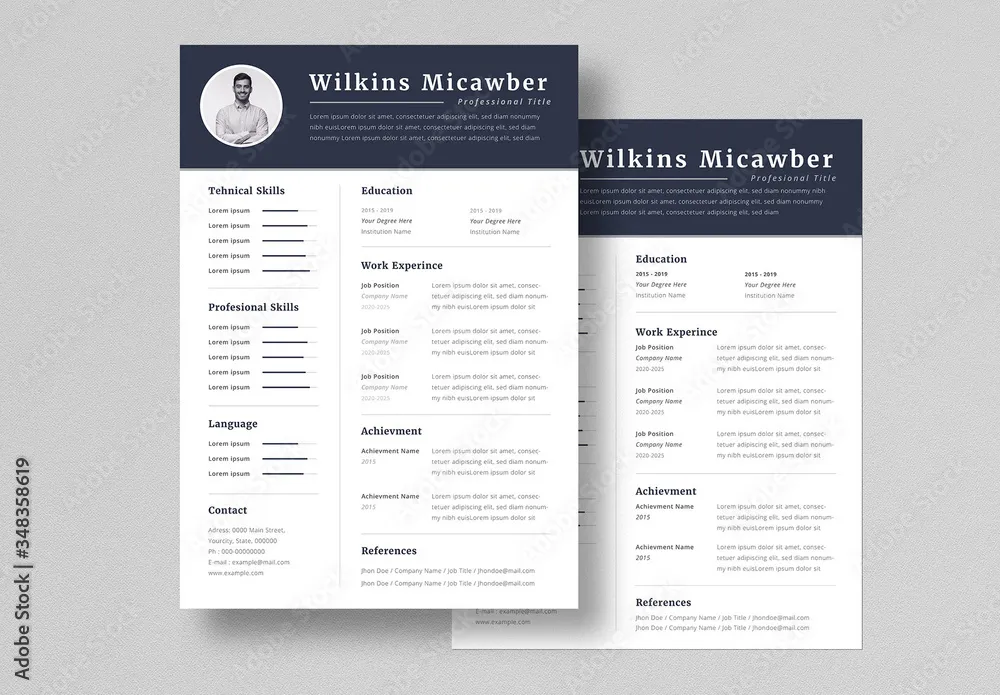
Whenever possible, quantify your achievements to provide concrete evidence of your skills and accomplishments. Use numbers, percentages, and other metrics to show the impact you’ve made in previous roles. For example, instead of saying “Improved sales,” say “Increased sales by 15% in one quarter.” Quantifiable results are far more persuasive than general statements. Provide specific examples of how you’ve contributed to previous employers’ successes. Quantifying your achievements demonstrates your impact and gives the hiring manager tangible evidence of your abilities. This demonstrates a clear understanding of your contributions and showcases your value.
Call to Action & Closing
The closing paragraph should reiterate your interest in the position and company. Thank the hiring manager for their time and consideration. Include a clear call to action, such as requesting an interview. Express your enthusiasm and make it clear that you are eager to discuss your qualifications further. End with a professional closing, such as “Sincerely” or “Best regards,” followed by your typed name. A strong closing paragraph leaves a lasting positive impression and encourages the hiring manager to take the next step. It should be confident, appreciative, and forward-looking. This is your final chance to make a positive impression.
Formatting and Style Guide
The formatting of your cover letter is just as important as the content. A well-formatted letter is easy to read and visually appealing. Choose a professional font, use appropriate margins, and ensure consistent spacing. Proper formatting demonstrates your attention to detail and professionalism. This section will guide you through the best practices for formatting your cover letter. Ensure that the formatting is consistent throughout the entire document. This reinforces your attention to detail and presents you as a polished candidate. Proper formatting makes the letter more enjoyable to read and increases the likelihood of the hiring manager reading the entire document.
Font Selection and Readability
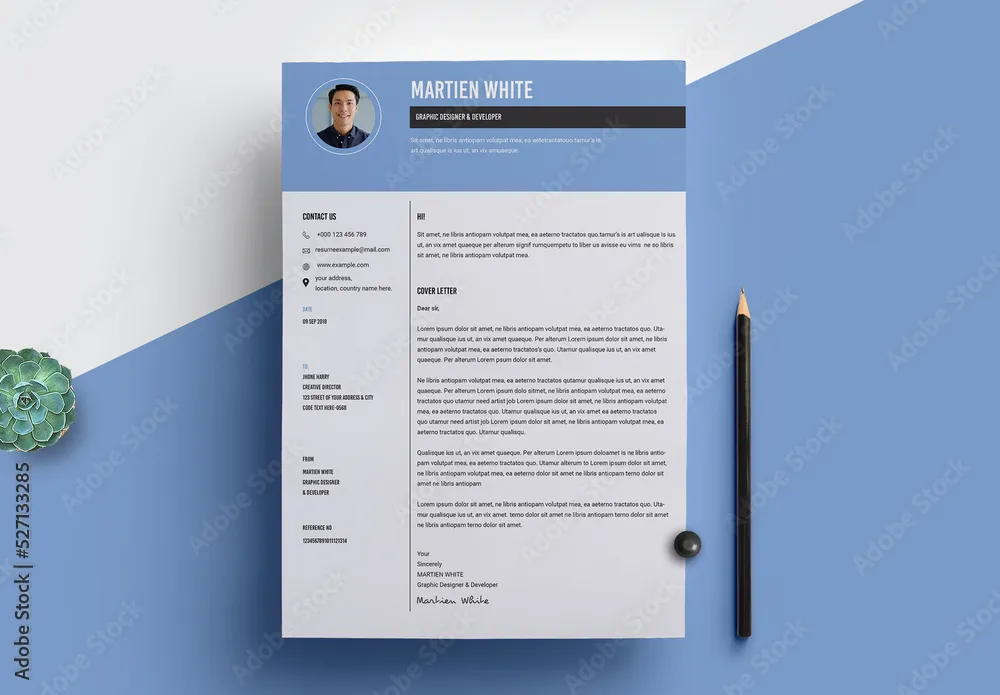
Choose a professional and easy-to-read font for your cover letter. Common fonts include Times New Roman, Arial, Calibri, and Helvetica. The font size should be between 10 and 12 points. Avoid using overly decorative or unusual fonts. The goal is to make your letter easy to read and visually appealing. The readability of your cover letter is important to consider. Ensure that your font choice complements the content. Make sure the font is consistent throughout the document. A well-chosen font enhances readability and makes your letter more professional.
Margins and Spacing for Professionalism
Use standard margins of 1 inch on all sides of your cover letter. This creates ample white space and makes the letter easier to read. Use single spacing within paragraphs and double spacing between paragraphs. Proper spacing enhances readability and makes your letter visually appealing. Consistent margins and spacing contribute to a professional appearance. Ensure that your margins are uniform. Appropriate spacing makes your document look less cluttered and ensures that the content is easy to digest.
Proofreading and Editing Your Cover Letter
Proofreading and editing are essential steps in creating a polished cover letter. Errors in grammar, spelling, and punctuation can create a negative impression and damage your credibility. Always proofread your cover letter carefully before submitting it. Consider having a friend, family member, or career advisor review your letter as well. A fresh pair of eyes can often catch errors you may have missed. Take the time to proofread your cover letter multiple times. Ensuring your letter is free of errors demonstrates your attention to detail. Proofreading is a crucial step in any job application process.
Common Mistakes to Avoid
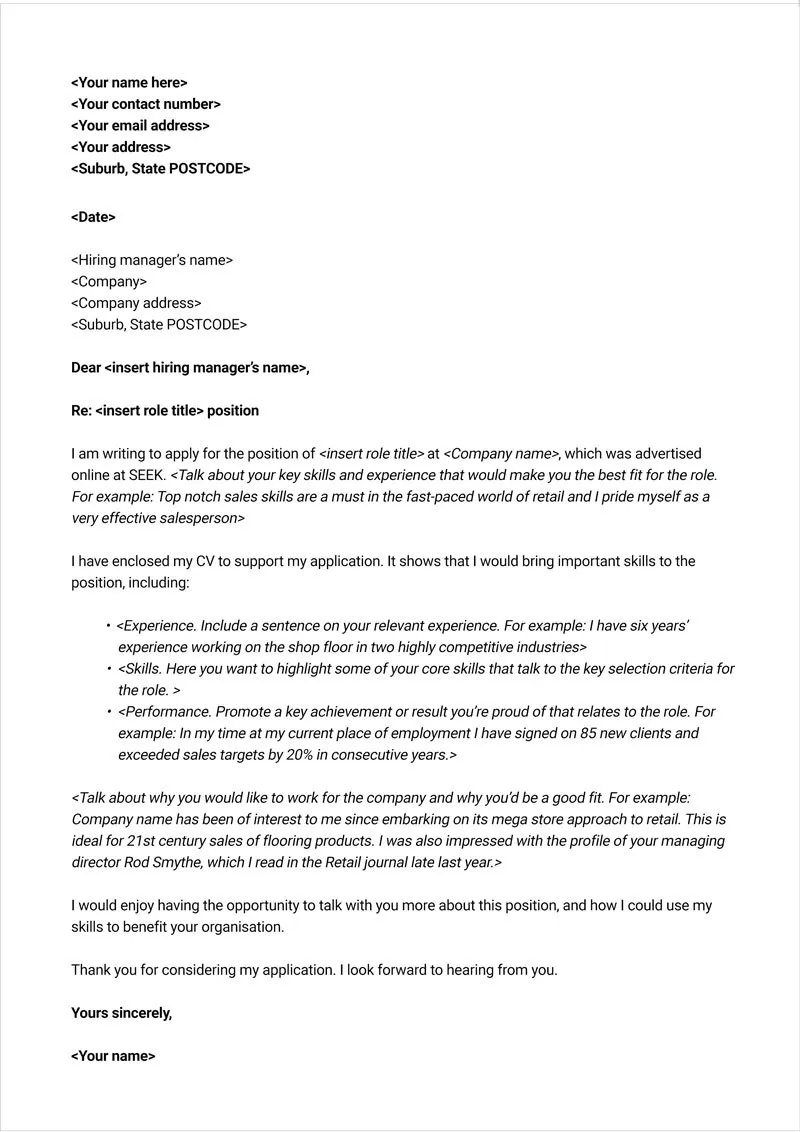
Avoid common mistakes that can undermine your cover letter. These include typos, grammatical errors, generic content, and exceeding the one-page limit. Do not use jargon or clichés. Do not simply repeat the information from your resume. Tailor your letter to each job. Proofread the document carefully before submitting your application. Addressing these common pitfalls will greatly enhance the effectiveness of your cover letter. Pay attention to the details. Tailoring your letter shows that you’re a good fit for the role and that you have a genuine interest in the position.
Seeking Feedback for Perfection
Seeking feedback from trusted sources can significantly improve your cover letter. Ask a friend, family member, career counselor, or mentor to review your letter. They can provide valuable insights and help you identify any areas for improvement. Be open to their suggestions and make revisions accordingly. Multiple perspectives will help you refine your cover letter and ensure it effectively communicates your qualifications. Gaining feedback from others is an invaluable process. Their experience will help you create a compelling cover letter.
